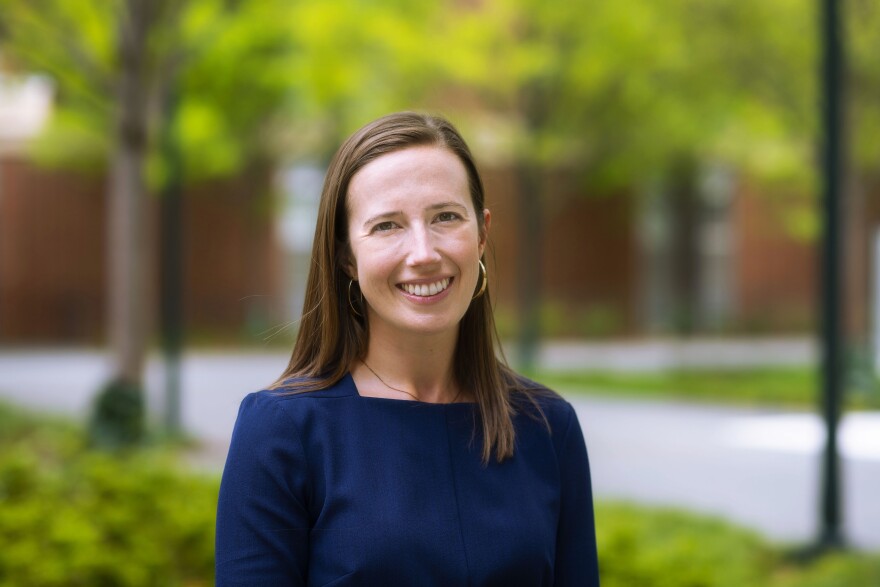Latinos saw the largest increase of any racial or ethnic group in North Carolina over the last decade, according to data from the 2020 census.
The state's Latino population grew by more than 300,000 people. Today, around 1 in 9 residents in North Carolina are Latinos.

Rebecca Tippett, director of Carolina Demography, says most of this growth isn’t coming from immigration.
“Most of that growth was due to family formation because we had a relatively young overall Hispanic population,” Tippett said. “So that was mainly because people who were already residents of North Carolina were having children, and that's growth in the second and the third generation population in the state.”
In 2019, Carolina Demography reported that nearly 60% of North Carolina’s Latino population was born in the U.S.
According to the group, 1 in 4 Latinos in the state live in Mecklenburg and Wake counties.
In Mecklenburg County, Latinos were among the fastest-growing racial and ethnic groups, according to Census Bureau numbers. The number of Latinos grew more than 50% in the last 10 years, while the number of Black residents grew by nearly 20% and white residents by 7%.
Tippett says there is still more to learn from the 2020 census data. She says questions about how and why the population changed will be answered in the coming months as demographic profiles are released.
“What we don't know yet is how much of that growth was in the working-age population, how much of that growth was in the child population,” Tippett said. “When we start to see that, that's going to really help us understand what are the impacts of that growth and change locally and what does that mean for planning and for the future.”


